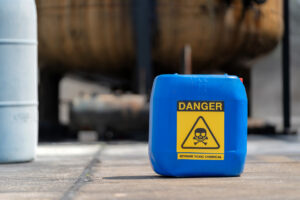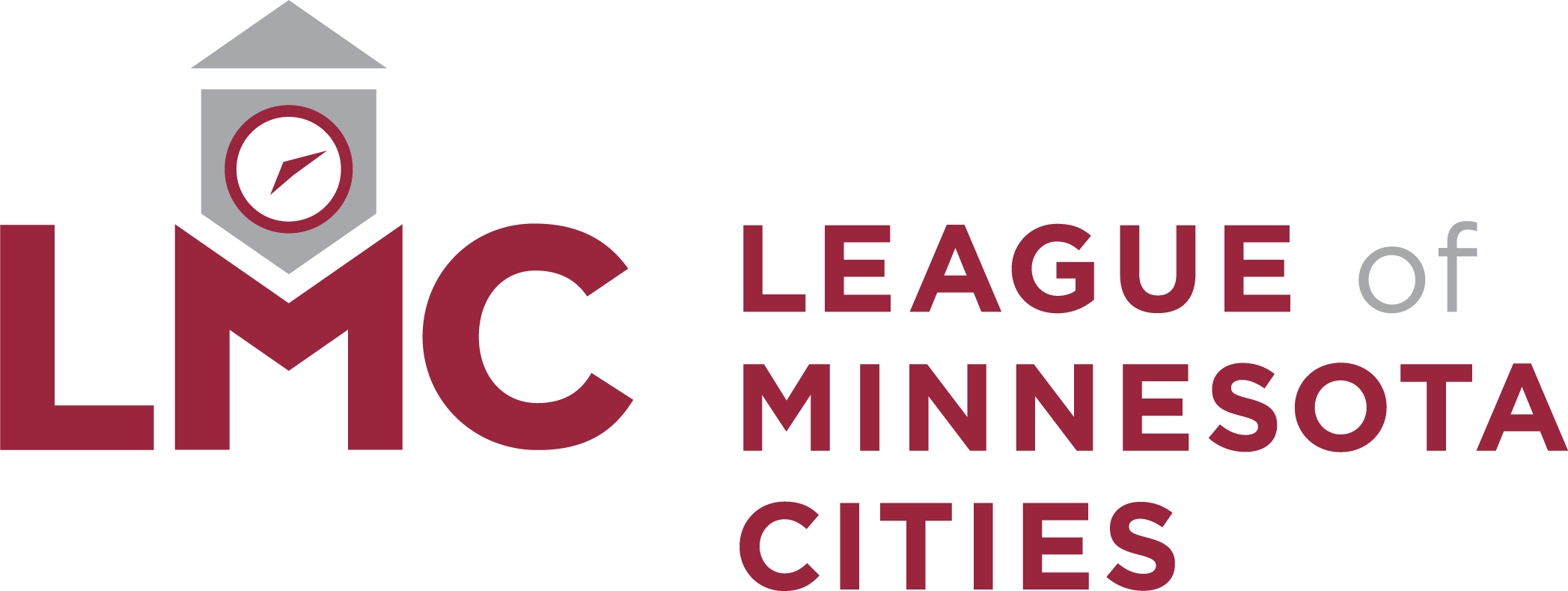Enhancing Workplace Safety: Hazard Communication and Minnesota Employee Right-to-Know
 Guest post by Garrett Johnson, Loss Control Consultant
Guest post by Garrett Johnson, Loss Control Consultant
In fiscal year 2024, Hazard Communication (HazCom) and Minnesota Employee Right-to-Know (ERTK) ranked among MN OSHA’s top ten most frequently cited violations. This highlights the critical need for employers to maintain compliance with these standards to ensure workplace safety.
Minnesota has adopted the federal HazCom standard but has also implemented more stringent regulations under the state’s ERTK program. While both standards are designed to protect workers from hazardous chemicals, MN’s ERTK extends coverage to ionizing and non-ionizing radiation and biological agents, which are not addressed by the federal standard. Additionally, Minnesota mandates annual employee training, whereas the federal requirement is for one-time training.
Key Components of HazCom and ERTK Compliance
To maintain a safe and compliant workplace, employers must develop a written hazard communication program that meets federal and state regulations. Here are some essential areas to focus on:
1. Clear Labeling of Chemicals
Proper labeling is a fundamental aspect of hazard communication. Every container should have a label that includes the chemical identifier and appropriate hazard pictograms. These labels help employees quickly recognize potential hazards and take necessary precautions when handling chemicals.
2. Easy Access to Safety Data Sheets (SDS)
Safety Data Sheets (SDS) provide detailed information about chemicals, including potential hazards, handling procedures, first-aid measures, and storage guidelines. Employees should be trained in locating and interpreting SDS to ensure they are prepared in case of an emergency.
3. Regular Employee Training
Employee training is vital for reinforcing safety practices and raising awareness about chemical hazards. Employers must provide training:
Before an employee’s first exposure to hazardous chemicals.
When there is a change in work conditions affecting chemical exposure.
Annually, as required by Minnesota law.
Training should cover specific chemical hazards, safe handling procedures, emergency response protocols, and company policies regarding hazard communication. Employees should also be informed of any updates or changes to SDS and safety protocols.
4. Proper Storage and Use of Personal Protective Equipment (PPE)
Proper storage of chemicals reduces the risk of spills, leaks, and accidents. Employers should ensure chemicals are stored in appropriate containers and well-ventilated areas. Additionally, employees must have access to the necessary PPE, such as gloves, goggles, and respirators, to mitigate exposure risks and prevent injuries.
Strengthening Workplace Safety
By implementing these best practices, employers can enhance workplace safety and ensure employees are well-informed about hazardous materials. Proactively addressing HazCom and ERTK requirements reduces the risk of violations and fosters a safer and healthier work environment.
For additional guidance or questions, reach out to your loss control consultant.
Upcoming Safety and Loss Control Workshops
Our 2025 Safety and Loss Control Workshops, scheduled for March and April, will feature sessions on hazard communication and safe chemical handling. These workshops provide valuable insights and practical strategies for maintaining workplace safety compliance.
Resources

